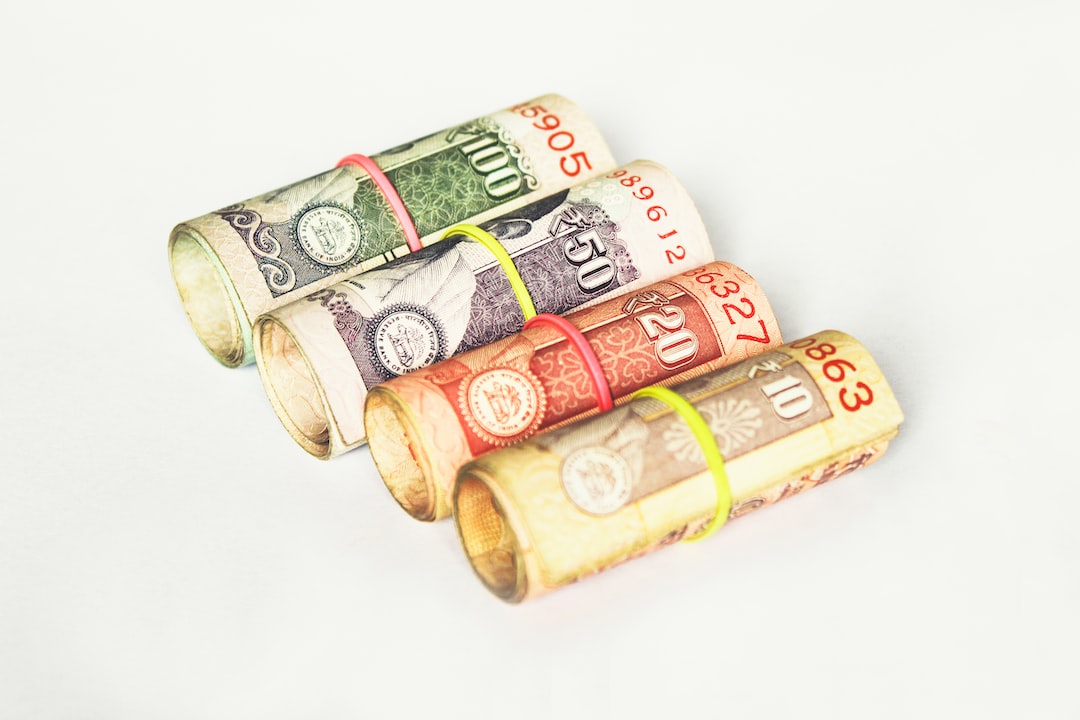Leverage is a term that is commonly used in the world of Forex trading. It refers to the amount of money that is borrowed by a trader in order to open a position in the market. Leverage is a powerful tool that can significantly increase the profits of a trader, but it can also lead to significant losses if not used properly. In this article, we will explore how leverage affects profits in Forex.
What is leverage?
Leverage is a mechanism that allows traders to open positions in the Forex market with a smaller amount of capital than is required to enter the trade. For example, if a trader has a capital of $1,000 and wants to open a position in the market worth $10,000, he or she can use leverage of 1:10. This means that the trader is borrowing $9,000 from the broker to add to their $1,000, giving them a total of $10,000 to trade with.
The ratio of the amount of capital invested to the amount of money borrowed is called the leverage ratio. In the example given above, the leverage ratio is 1:10. The higher the leverage ratio, the smaller the amount of capital required to open a position in the market.
How does leverage affect profits in Forex?
Leverage can have a significant impact on profits in Forex trading. The use of leverage can increase a trader’s potential profit, but it also increases the potential risk of loss.
Increased potential profits
Leverage allows traders to increase their potential profits because it enables them to open larger positions in the market than they would be able to with their own capital. For example, a trader with a capital of $1,000 can open a position worth $10,000 with a leverage ratio of 1:10. If the value of the currency pair being traded increases by 1%, the trader will make a profit of $100. Without leverage, the trader would only have been able to open a position worth $1,000, and the profit would only have been $10.
Leverage can therefore be a powerful tool for increasing profits in Forex trading, but it is important to remember that it also increases the potential risk of loss.
Increased potential risk of loss
Leverage not only increases the potential profit of a trade, but it also increases the potential risk of loss. The higher the leverage ratio, the greater the potential risk of loss. This is because the trader is borrowing money from the broker to trade, and if the trade goes against them, they will have to pay back the borrowed money.
For example, if a trader with a capital of $1,000 opens a position worth $10,000 with a leverage ratio of 1:10, and the value of the currency pair being traded decreases by 1%, the trader will lose $100. If the value of the currency pair decreases by 10%, the trader will lose their entire capital of $1,000, and will also have to pay back the $9,000 that was borrowed from the broker.
It is therefore important for traders to use leverage responsibly and to manage their risk carefully. Traders should always have a stop loss in place to limit their potential losses, and should never risk more than they can afford to lose.
Conclusion
Leverage is a powerful tool that can significantly increase the profits of a trader in Forex trading. However, it is important to remember that it also increases the potential risk of loss. Traders should use leverage responsibly and manage their risk carefully in order to maximize their potential profits while minimizing their potential losses. It is important to remember that Forex trading is a high-risk, high-reward activity that should only be undertaken by experienced traders who understand the risks involved.





